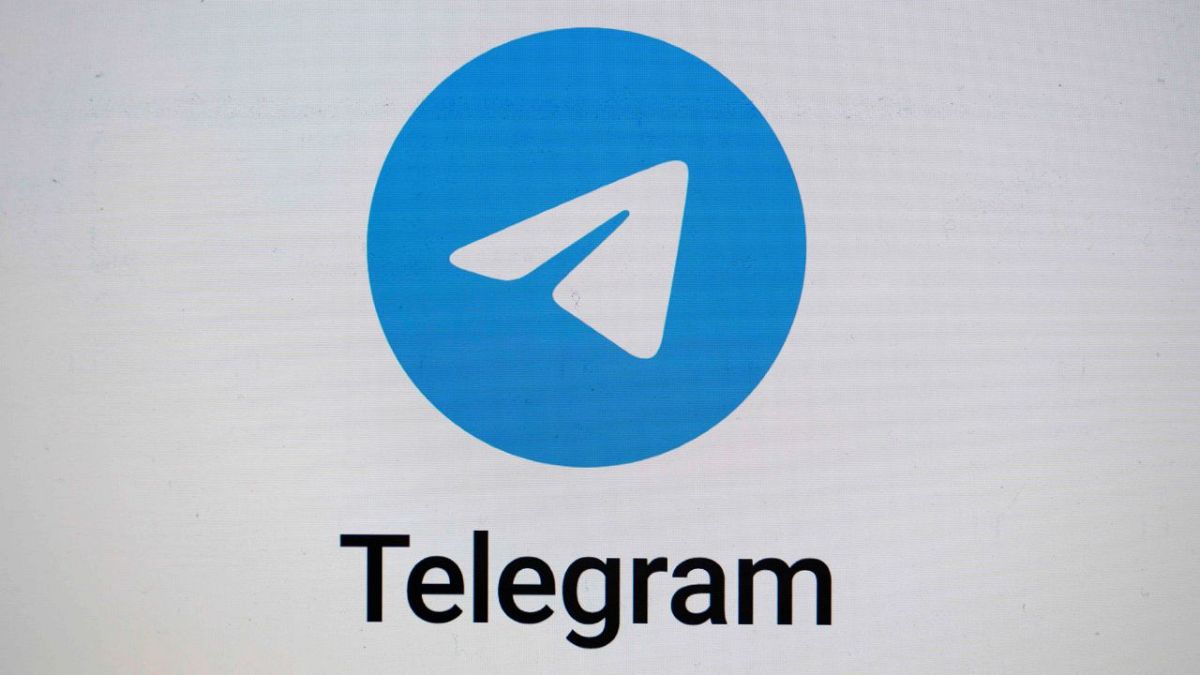As one of the fastest-growing messaging platforms in the world, Telegram has positioned itself as a major player in the global tech space. With over 900 million active users and a strong reputation for security and innovation, the Telegram future promises to be transformative—not just for messaging, but for how people interact, share information,telegram中文版下载 and even manage digital economies.
A Privacy-First Vision
At the heart of Telegram’s future is its unwavering commitment to privacy and freedom of speech. Unlike many social media platforms that harvest user data, Telegram maintains a strict no-ad, no-data-selling policy. This approach resonates strongly in today’s digital age, where users are more aware and concerned about how their data is used. As privacy becomes a top priority for internet users, Telegram is well-positioned to be the go-to platform for secure communication.
Growth of Features and Communities
Telegram has already evolved far beyond simple text messaging. The platform supports massive group chats, public channels, custom bots, voice and video calls, and file sharing of up to 2 GB. In the near future, Telegram is expected to add more features aimed at improving user experience:
Smarter AI bots that assist with tasks, customer service, and language translation.
Enhanced voice and video call quality, with conference tools for remote teams.
Mini apps that allow developers to build services inside Telegram, from games to shopping tools.
Improved content moderation for group admins and channel owners.
These developments will not only improve usability but also turn Telegram into a full-featured platform where businesses, creators, and communities thrive.
Integration with Blockchain and TON
One of the most anticipated aspects of Telegram’s future is its deeper integration with TON (The Open Network)—a decentralized blockchain initiative originally started by Telegram’s founders. Although Telegram had to abandon the original TON project due to regulatory hurdles, it now openly supports the community-driven version.
Through TON, Telegram may offer:
Built-in crypto wallets for easy peer-to-peer payments.
Decentralized applications (dApps) directly accessible within the app.
NFT support and digital asset ownership tools.
This blockchain direction could place Telegram at the center of the Web3 revolution, giving users more control over their data, finances, and digital identities.
Challenges Ahead
Despite its success, Telegram faces several challenges. Governments in some countries continue to criticize the app for hosting unmoderated content, while others block access entirely. Telegram must balance its stance on freedom with the need to comply with evolving regulations around digital safety, misinformation, and cybercrime.
Furthermore, competition remains fierce with apps like WhatsApp, Signal, and emerging decentralized platforms. To maintain its edge, Telegram must continue to innovate while keeping its core values intact.
Conclusion
The Telegram future is filled with potential. As the platform continues to grow, its focus on privacy, user empowerment, and decentralization could redefine how people communicate and do business online. Whether it’s through blockchain technology, advanced AI, or secure messaging features, Telegram is poised to lead the next generation of digital interaction.